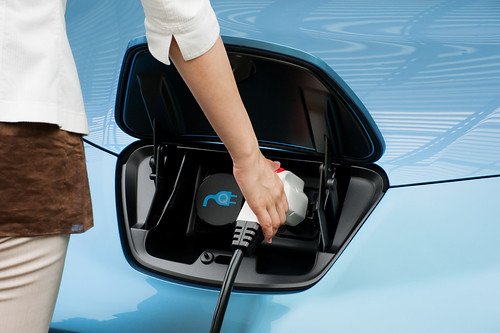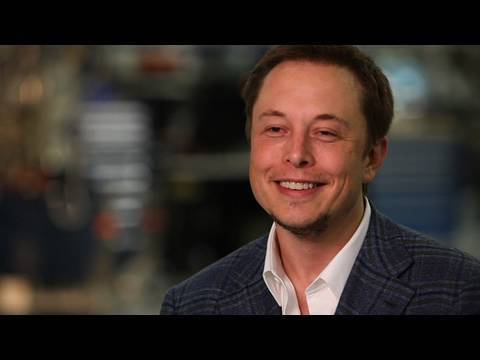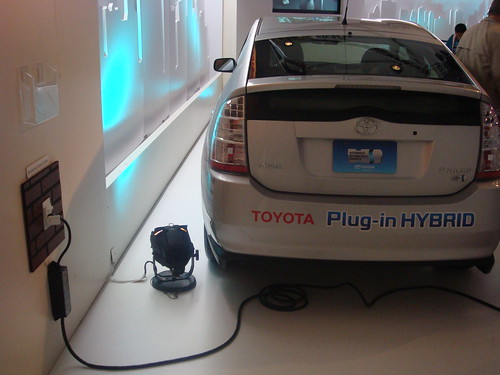(Source: Time)

Q’Orianka Kilcher has never pumped a gallon of gasoline into her car. Never. Then again, she’s never owned a car that needed gasoline. You could say she is at ground zero of the ZE, or zero-emission, vehicle future.
A 19-year-old actress living in Santa Monica, Calif. (she played Pocahontas in the 2005 movie The New World), Q’Orianka (pronounced Quor-ee-anka) is on her second hydrogen-fuel-cell car, a Honda FCX Clarity, a four-door with a 200-mile range. “I don’t think I will ever buy a gas car,” she says. “I can go everywhere I want to go with this. Plus, it’s a guy magnet.”
Auto-marketing gurus take note: the brave new world of ZE cars is here, ready or not, and please make them sexy.
“ZEs are an entirely different paradigm,” says Stephen Ellis, manager of fuel-cell-vehicle marketing for American Honda Motor Co. in Torrance, Calif. Ellis manages the rare $600-a-month leases (including free hydrogen fill-ups) for the FCX Clarity. “Knowing how to integrate these new technologies into existing lifestyles and then building new infrastructures to make it work is the trick,” says Ellis. “It took a hundred years to create the gasoline infrastructure; this will be much faster.”

There are three types of zero, or near zero, emission cars: electric plug-ins, hybrid plug-ins and hydrogen fuel cells (which create power by having oxygen and hydrogen pass over electricity-generating electrodes). But each major automaker has its own take on which advanced technology will win 10 years down the road.
Nissan, for example, is pedal-to-the-metal with pure electric cars, having skipped fuel-cell technology altogether. It considers “interim hybrid technology,” like Toyota’s successful Prius, a mere passing phase. “The market-share winner will be the one that offers affordable, mass-market, zero-emission vehicles with a zero payback period for premium technologies,” says Mark Perry, director of the product planning and strategy group for Nissan North America.
In contrast to Nissan, Honda has passed up pure electrics, preferring instead to bank on lower-cost hybrids (Civic and Insight) and hydrogen fuel cells. Ellis, however, claims no distinction should be made between “FCs” and electrics, since a fuel-cell car is basically an electric car powered by hydrogen-created electricity.

Then there is Toyota, the 800-pound hybrid gorilla. Toyota has yet a third route to success: muscling up on its hybrid strength.
“We believe in not being first to market but being best to market,” says Mary Nickerson, who is in charge of advanced-vehicle marketing at Toyota Motor Sales, also in Torrance. Last year, Toyota reached the 1 million sales mark with its Prius hybrid (gas-powered with fuel-saving electric technology).
“Our strategy is to be the hybrid masters, no pure electrics, and to explore fuel-cell technology,” says Nickerson. “We feel it’s going to take a lot more than one technology to make this new market work.”
Some 21% of consumers will not consider a pure electric car because of the need to plug-in at home, according Nickerson. “We believe that 10 years out, the winners will be all new technologies, but hybrids will be the largest winner of them all.”
Then again, as Honda’s Ellis says, “It all depends on the price of gas.”
Click here to read the entire article.






